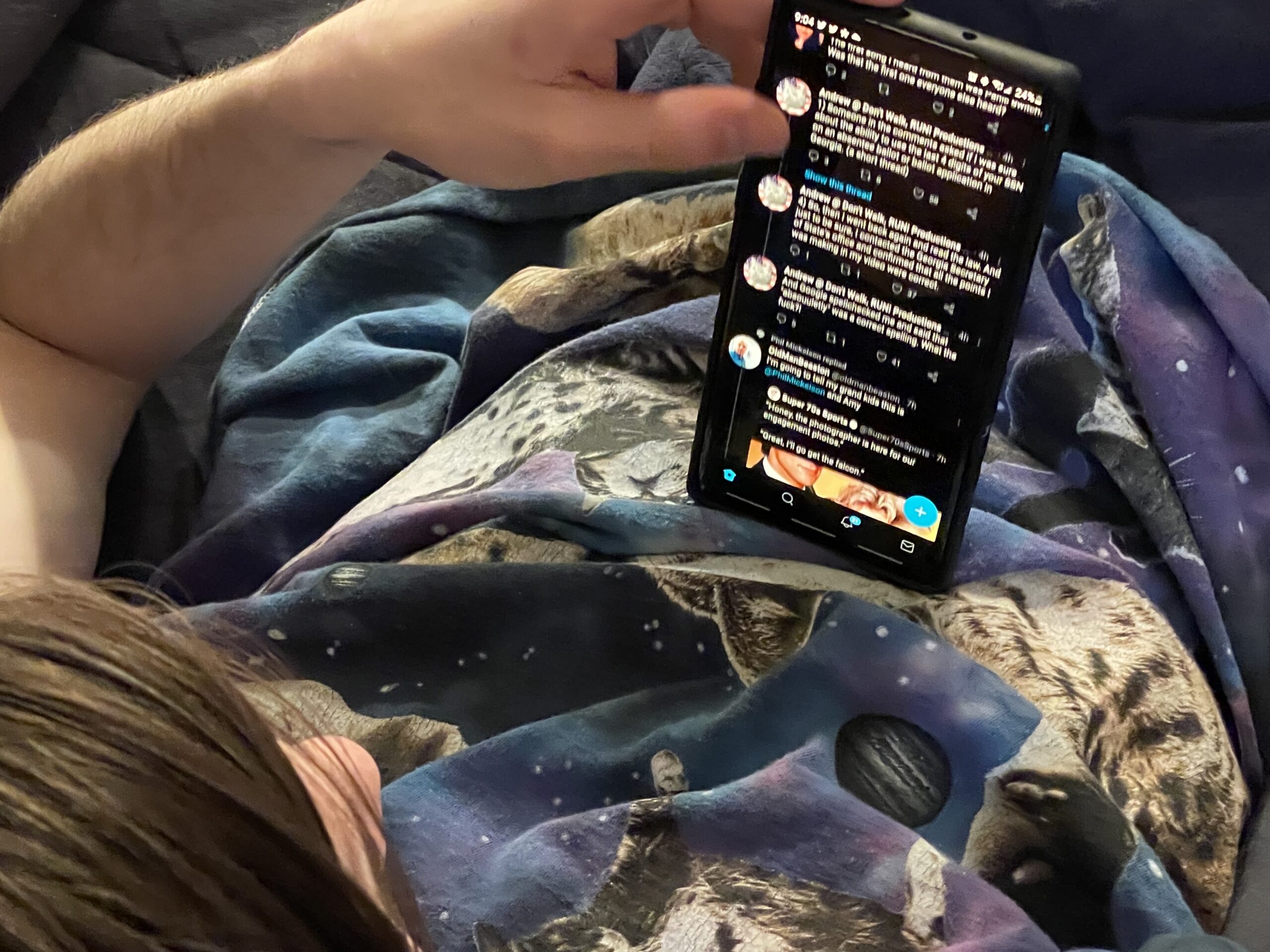The digital realm is a dynamic space, and social media platforms are no exception. Users are constantly on the lookout for the next big thing, the freshest interface, and the most engaging features. It’s a quest for the digital promised land, and lately, the journey seems to be leading many from the familiar shores of Twitter to the uncharted territory of X App.
What’s prompting this shift, and what exactly sets Twitter and X App apart? Join us on this journey as we explore the evolution of these platforms, the intricacies of their differences, and the factors driving users to make the leap.
The Evolution of Twitter
Once upon a time, Twitter was the undisputed king of microblogging. It revolutionized the way we share news, thoughts, and memes with its iconic 140-character limit. But as the saying goes, “Change is the only constant.” Twitter evolved over the years, expanding its character limit and introducing features like threads and live video streaming. Despite these changes, some users found themselves yearning for something different, something more.
The Emergence of X App
Enter X App, the proverbial new kid on the block. With a sleek interface, novel features, and a promise of enhanced user privacy, it quickly gained a following. X App seemed to be the answer to the evolving needs and desires of social media enthusiasts. But what exactly does it offer that’s drawing users away from Twitter?
From Twitter to X App: What’s Different?
Let’s roll up our sleeves and delve into the specifics of what separates Twitter and X App. The devil, as they say, is in the details, and these platforms have more than a few differences to unpack.
User Interface and Experience
Twitter: The blue bird had its signature simplicity and brevity. The timeline format allowed users to scroll through tweets quickly.
X App: X App greets users with a visually appealing, card-based interface. It prioritizes multimedia content and provides a more immersive experience.
Privacy and Data Handling
Twitter: Privacy concerns on Twitter were not unheard of. Users sometimes find themselves in the crosshairs of advertisers due to their tweet history.
X App: X App took a different approach, emphasizing user privacy and allowing for more granular control over data sharing.
Content Sharing and Interaction
Twitter: Retweets, likes, and threaded tweets defined interaction on Twitter. Users could engage in spirited conversations, and hashtags were the norm.
X App: X App introduced a new way of interacting with “Xpressions,” combining likes, comments, and shares into one engaging feature.
Monetization Models
Twitter: Twitter relied heavily on advertising for revenue. Promoted tweets and trends were commonplace.
X App: X App explored alternative monetization models, including premium subscriptions, allowing users to opt out of ads.
Community and Engagement
Twitter: Twitter boasted a massive, diverse user base with a global reach. Trends often originated here and spread worldwide.
X App: X App fostered a sense of niche communities, emphasizing meaningful connections over mass engagement.
The Impact on Social Media Trends
Now, let’s pivot and consider the broader implications of this migration from Twitter to X App. The digital landscape is not just about individual preferences; it’s a dynamic ecosystem with ripple effects.
Migration Trends and Statistics
Statistics don’t lie, and they tell an intriguing story. A significant number of users made the leap from Twitter to X App. Who are these users, and what’s driving them to take the plunge?
Challenges and Concerns
No transition is without its challenges. Users encountered hurdles during this migration, from adapting to a new interface to ensuring data portability. What are these challenges, and how are they being addressed?
The Role of User Feedback
Social media platforms are not static; they evolve based on user feedback. Both Twitter and X App have been responsive to user input. How have they incorporated user suggestions into their platforms?
Future Possibilities and Innovations
What does the future hold for Twitter, X App, and the broader social media landscape? Are there innovations on the horizon that could redefine the way we connect and share online?
Conclusion
In the world of social media, change is inevitable, and the shift from Twitter to X App exemplifies this truth. Understanding the nuances of these platforms and the factors driving user migration is a window into the ever-evolving digital world. As users seek new horizons and experiences, the digital landscape continues to shape our online interactions.
Now that we’ve traversed this landscape, perhaps you’re contemplating your own migration. Or maybe you’re content where you are, watching the tides of change from the shores of familiarity. Whatever your choice, remember that the digital world is a vast, ever-changing sea, and the journey is often just as rewarding as the destination.
FAQs About the Twitter to X App Shift
Q1. What are some other reasons users are migrating from Twitter to X App?
A1. In addition to the differences mentioned, users have cited factors like reduced toxicity and a desire for a fresh social media experience as reasons for the shift.
Q2. How can users maintain their privacy when making the transition to X App?
A2. Users can review and adjust their privacy settings on X App to ensure their data is handled in a way that aligns with their preferences.
Q3. What is the impact of the Twitter to X App shift on digital marketing strategies?
A3. Marketers are closely monitoring the shift and adapting their digital marketing strategies to reach their target audience on both platforms.
Q4. Are there any tools or apps to facilitate the transition from Twitter to X App?
A4. Some third-party tools may help users migrate their content and connections, but caution is advised to ensure data security.
Q5. Will Twitter continue to evolve in response to user migration, and how might it adapt?
A5. Twitter is likely to continue evolving, introducing new features or updates to retain and attract users amidst changing trends.





